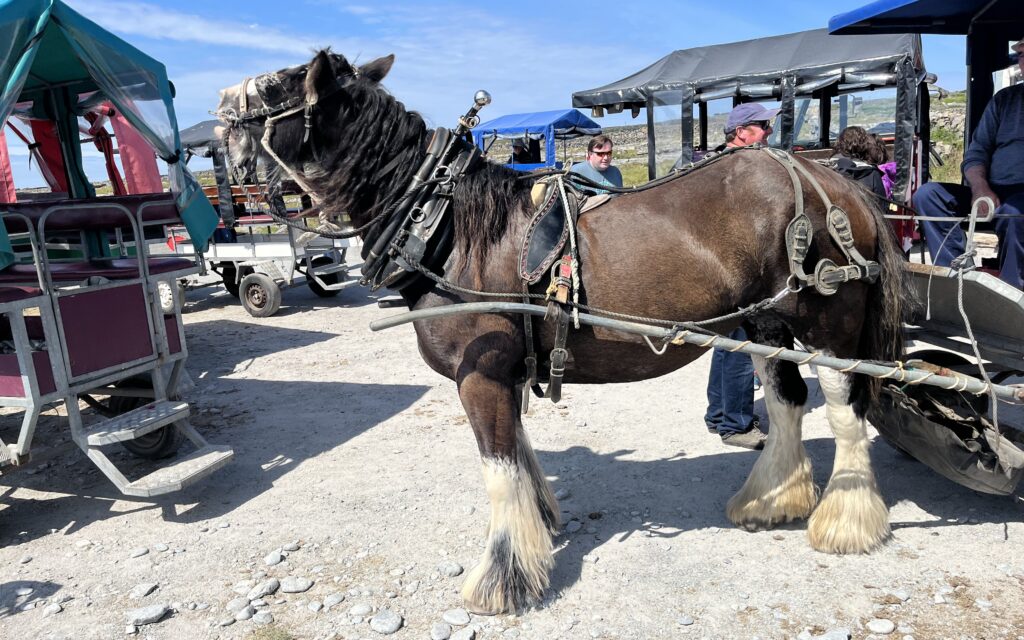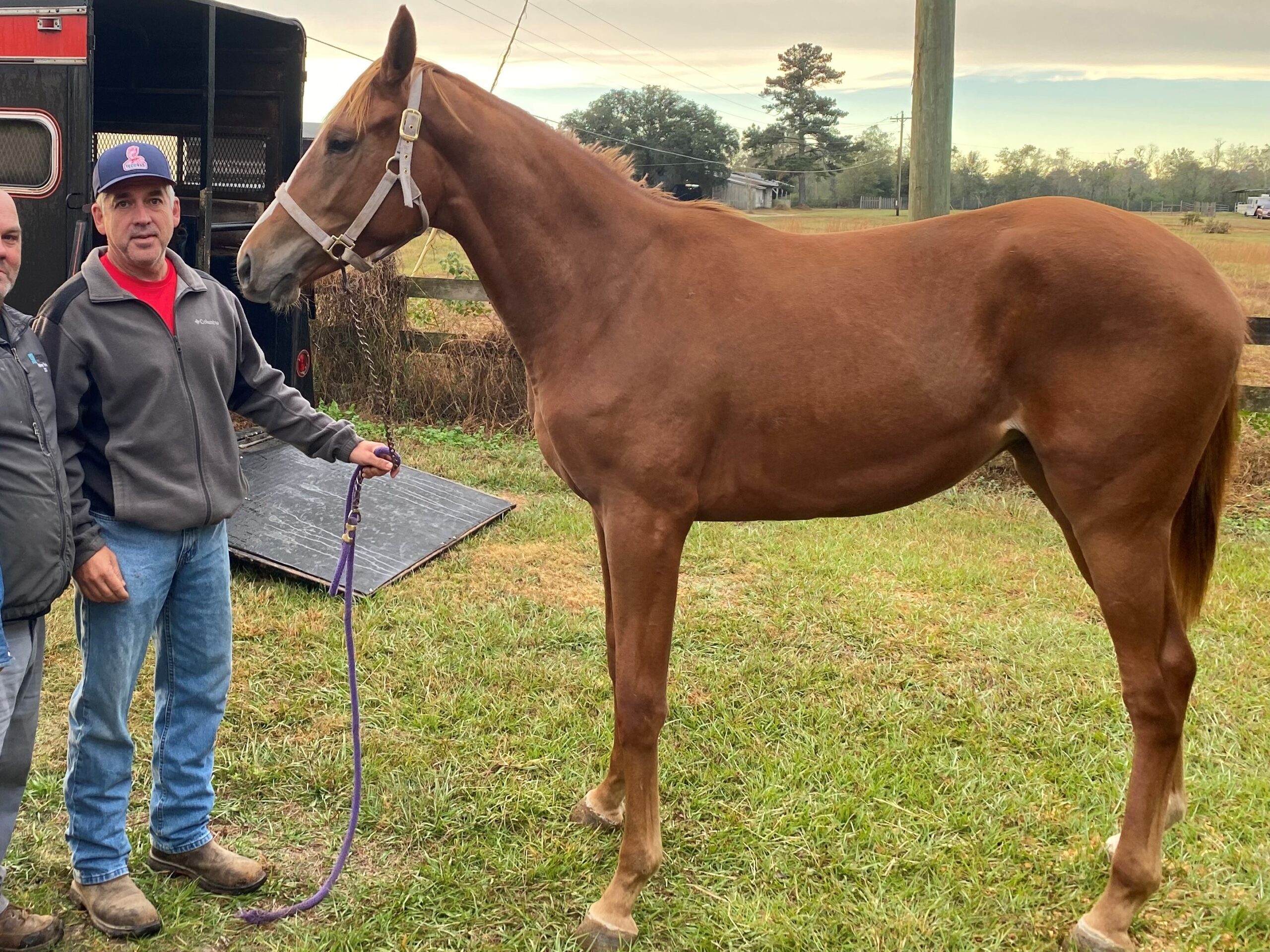Last updated: June 10, 2025
Horses with feathered feet capture the imagination with their distinctive beauty and historical significance. As a lifelong horseman with extensive experience in equine care and training, I have always been fascinated by these magnificent animals. Adorned with long, flowing hair around their fetlocks, they are not only visually stunning but also showcase a fascinating combination of genetics, care, and history.
Feathering, as it’s called, is more than an aesthetic trait—it requires diligent care to ensure the health and well-being of the horse. Drawing from my years of experience, this article explores the breeds known for their feathered feet, delves into the genetics behind this trait, and provides essential care tips for these unique horses.

What is Feathering in Horses?
Feathering refers to the long, silky or coarse hair that grows from a horse’s fetlock and drapes down over the hooves. This trait serves multiple purposes, including offering warmth and protection in cold climates. However, it also comes with responsibilities for owners, as feathering can become a source of health issues if not properly maintained.
Types of Feathering
- Silky Feathering: Found in breeds like the Friesian, this type is fine and smooth.
- Coarse Feathering: Common in heavy draft breeds like the Shire, this type is thicker and denser.
- Density and Length Variations: Feathering varies significantly between breeds, influencing the care required.
Genetics of Feathering
Feathering is the result of specific genes and is considered a recessive trait. Research suggests that hair growth patterns, such as feathering, may be influenced by heritable factors. Studies, including those published in MDPI’s journal Animals, highlight the genetic basis of equine hair traits and the importance of selective breeding in preserving and enhancing these characteristics.
Breeding heavily feathered horses increases the likelihood of passing on this feature, but it requires careful selection of breeding stock to ensure quality and consistency. Understanding these genetic components not only aids in breeding programs but also provides insights into maintaining the health and aesthetics of feathered horses.
Horse Breeds with Feathered Feet

Clydesdale
- Origin: Scotland
- Uses: Historically used in agriculture and hauling heavy loads; now popular in parades and advertising, such as the iconic Budweiser commercials.
- Description: Tall and muscular with distinctive white feathering. They are often seen in bay, black, or chestnut coats with white markings.
- Temperament: Gentle and hardworking, making them ideal for both work and show.
- Health Issues: Prone to pastern dermatitis due to their dense feathering. Regular grooming and keeping their legs dry can help prevent issues.

Friesian
- Origin: Netherlands
- Uses: Riding, driving, and show purposes; often featured in films and performances due to their elegant appearance.
- Description: Always black, with a high-stepping gait and silky feathering. Their manes and tails are long and flowing, adding to their dramatic presence.
- Temperament: Intelligent, people-oriented, and willing to please.
- Health Issues: Susceptible to thrush and fungal infections in feathered areas. Ensuring clean, dry conditions can minimize risks.

Shire
- Origin: England
- Uses: Originally bred for draft work and later used in ceremonial parades and events.
- Description: The tallest of all breeds, with a massive build and thick, coarse feathering. Common coat colors include black, bay, and gray.
- Temperament: Calm, friendly, and known for their patience.
- Health Issues: Susceptible to pastern dermatitis and bog burn. Regular cleaning and monitoring are crucial to maintaining their health.

Gypsy Vanner
- Origin: United Kingdom
- Uses: Driving and riding; cherished for their unique appearance and gentle demeanor.
- Description: Compact and stocky, with abundant feathering and striking coat patterns, including piebald and skewbald.
- Temperament: Docile, kind, and suitable for families and beginners.
- Health Issues: Prone to scratches and fungal infections. Regular grooming and attention to hygiene can help prevent these problems.
Other Breeds
- Icelandic Horse: Known for their dense winter coats and moderate feathering. They are hardy and well-suited for cold climates.
- Swedish Northern Horse: Adapted to harsh environments, with moderate feathering and a robust build.
- Ardennes and Irish Draught: While less feathered, these draft breeds have notable lineage and strength, often used for agricultural work.

Ponies
- Dales Pony: Strong and agile with moderate feathering. They are commonly used for riding, driving, and farm work.
- Fell Pony: Hardy and versatile, known for their sure-footedness and moderate feathering. Ideal for both riding and pack work.
Distinguishing Horses from Ponies
Ponies are generally smaller than horses, with sturdier builds and distinct temperaments. They often display similar traits to feathered horses but are more compact, making them suitable for younger riders or smaller tasks.
Suggestions for Readers
To truly appreciate the beauty and care needs of feathered breeds, consider learning more about their unique traits. Visit breed association websites or consult with veterinarians for detailed advice on their health and maintenance.

Caring for Horses with Feathered Feet
Feathered feet may conceal issues like thrush, abscesses, or fungal infections. Regular hoof care ensures these problems are detected early and keeps horses comfortable and healthy. From my own experience, I’ve seen how consistent care can make a world of difference.
One of my horses, developed a fungal infection after standing in mud for a few days. With diligent grooming and the right antifungal treatments, I was able to restore his health and prevent further issues. This experience reinforced the importance of daily attention and preventative care.
Daily Grooming for Horses with Feathered Feet
- Regular Routines: Daily grooming is essential to maintaining feathered feet. Regularly cleaning feathers and hooves prevents common issues and keeps the horse comfortable.
- Cleanliness is Key: Keeping feathers and hooves clean minimizes the risk of infections, matting, and irritation. This is especially important for horses exposed to wet or muddy environments.
- Tools: Use a curry comb and soft brush specifically designed for thick hair to remove dirt and debris.
- Technique: Focus on areas beneath the feathering to prevent matting and irritation. Gently lift feathers to inspect the skin for redness or scabs.
- Benefits: Grooming stimulates natural oils, which strengthen hair and protect hooves.
- Learn more in my article, Daily Horse Grooming Routines to Detect Health Issues Early
Hoof Picking
- Routine: Clean hooves daily, especially for feathered horses, as their dense feathering can trap moisture and debris.
- Technique: Lift and part the feathers to access the hoof thoroughly. Use a hoof pick to remove debris, focusing on the frog and sole, while checking for hidden dirt trapped by the feathering.
- Signs to Watch For: Look for foul smells, heat, or tenderness, which may indicate infections or abscesses. Pay special attention to areas under the feathers where issues may be hidden.
- Explore more in my article, Hoof Pain in Horses: Causes, Treatment, and Care
Bathing
- Products: Use pH-balanced shampoos with natural ingredients like tea tree oil and aloe vera. Avoid harsh chemicals such as sodium chloride.
- Technique: Rinse thoroughly and dry feathers completely with a clean towel or low-heat blow dryer to prevent fungal growth.
- Antifungal Care: Antibacterial soap will not kill fungus. Instead, use specialized antifungal treatments as needed to address or prevent infections.
Addressing Common Problems
Feathered breeds require attention to common health issues:
- Pastern Dermatitis (Scratches): Keep feathers clean and dry. Apply topical treatments recommended by a veterinarian.
- Thrush: Treat affected hooves with penicillin and ensure the area stays dry. Preventing and treating thrush.
- Fungal Infections: Soak hooves with chlorine dioxide and apply iodine to the sole to reduce fungal growth.
- Hoof Abscesses: Soaking with chlorine dioxide can help draw out infections and relieve pressure.
- Bog Burn: Prevent by maintaining clean and dry conditions for feathers and legs.
- Fungi Between Hoof and Shoe: Hot shoeing can eliminate fungi and protect hooves from breaks, splits, and spores.

How to Treat Pastern Dermatitis in Horses with Feathered Feet
If you own a horse with feathered feet, managing pastern dermatitis is a critical part of their care. Prevention is the best approach, as these breeds are especially prone to feather-related skin infections. I once had a Gypsy Vanner, who struggled with recurring dermatitis during wet winters. Through consistent care and the steps outlined below, I was able to keep her healthy and comfortable. Here is what I did:
Prevention Tips:
- Keep the lower legs dry at all times.
- Use a medicated, antibacterial shampoo during washes, and thoroughly blow-dry the feathers afterward.
- Avoid leaving damp conditions untreated, as moisture can quickly lead to infection.
Treatment Steps:
- Clip the Hair: Trim the feathers around the affected area to improve airflow and access to the skin.
- Clean Thoroughly: Soak the horse’s legs in a bucket of water with a gentle cleanser for at least 10 minutes.
- Remove Scabs: Gently use a soft cloth to remove scabs without causing further irritation.
- Dry Completely: Blow-dry the area thoroughly to prevent moisture from lingering.
Taking these steps promptly can help manage the condition effectively and prevent it from worsening. Always consult a veterinarian if the condition persists or worsens despite treatment.
Movement Matters
Horses allowed regular turnout have better hoof health due to improved circulation and natural wear. Stall-bound horses are more prone to circulation issues, which can exacerbate hoof-related problems.
Preventative Measures
- Environment: Keep stalls dry and use bedding that does not trap moisture.
- Routine Care: Regularly inspect and clean hooves and feathers to catch issues early.
- Professional Checkups: Schedule regular visits with a farrier or veterinarian to ensure optimal hoof and feather health.
By following these care practices, owners can maintain the health and beauty of horses with feathered feet, ensuring these unique breeds thrive in any environment.

Breeding for Horses with Long Feathered Feet
Selecting Breeding Stock
To produce horses with abundant feathering, select breeding stock where both parents exhibit dense, long, and healthy feathering. Feathering is influenced by recessive genes, so consistent results require that both parents carry and express this trait. Avoid breeding horses prone to feather-related health issues, such as pastern dermatitis, to promote healthier offspring.
Assessing Feather Quality
Evaluate feathering in foals once they reach one year old, focusing on traits inherited from both parents. Look for texture (silky vs. coarse), density, and length. Consult with experienced breeders or breed associations to understand breed-specific standards and expectations for feather quality.
For a comprehensive understanding of equine genetics, including traits like feathering, the University of Kentucky’s overview on equine coat color genetics is a valuable resource. Additionally, the Veterinary Genetics Laboratory at UC Davis offers insights into genetic testing and inheritance patterns in horses.

FAQs
What breeds have feathered feet?
Breeds like Clydesdales, Friesians, Shires, and Gypsy Vanners are known for their feathered feet. Ponies like the Dales and Fell Pony may also exhibit moderate feathering.
Why do horses have feathered feet?
Feathering evolved as a protective trait, offering warmth and protection in cold, wet climates. It’s particularly common in draft breeds from northern Europe.
How do you prevent pastern dermatitis?
Prevention involves keeping the feathers and hooves clean and dry, using antibacterial shampoos, and blow-drying after washes or exposure to moisture.
Are feathered feet harder to care for?
Yes, they require more maintenance, including daily grooming, regular hoof care, and attention to prevent issues like fungal infections or matting.
Can feathered feet affect a horse’s performance?
Feathers don’t typically affect performance directly, but health issues like infections or dermatitis can hinder a horse’s comfort and movement if left untreated.
How can I reduce grooming time for horses with feathered feet?
Regular maintenance is key. Using specialized grooming tools, such as a curry comb for thick hair and a low-heat blow dryer, can streamline the process. Keeping feathers trimmed can also reduce matting and speed up care routines.
Below is a YouTube video about horses with furry feet that you will enjoy.
Conclusion
Horses with feathered feet are a remarkable blend of beauty, history, and care. Their unique appearance adds charm to the equestrian world, but their well-being depends on dedicated grooming, hoof care, and preventative measures.
As a lifelong horseman, I’ve found caring for these breeds to be both a challenge and a joy. By understanding their needs and applying proper care techniques, owners can ensure these majestic horses thrive for years to come.
What’s your favorite breed with feathered feet? Share your stories and tips in the comments below! Don’t forget to explore more care tips on Horse Racing Sense and share this article with fellow horse enthusiasts.

About the Author: Miles Henry
Lifelong Horseman | Racehorse Owner | Published Author
Miles Henry brings over 25 years of hands-on experience training and owning Thoroughbred racehorses. Raised with Quarter Horses and Appaloosas, he’s spent a lifetime learning from horses—on the track, in the barn, and in the field. Today, he runs a small but successful racing stable in Louisiana and shares real-world insights on HorseRacingSense.com, helping horse owners, fans, and bettors navigate the sport with confidence.
📚 Books: View Miles’s books on Amazon »
🎧 Podcast Guest: Animal Tales Ep. 32 |
YouTube Interview
📩 Newsletter: Sign up for racing tips and horse care advice »
🔗 Follow Miles:
Twitter |
Facebook |
YouTube


